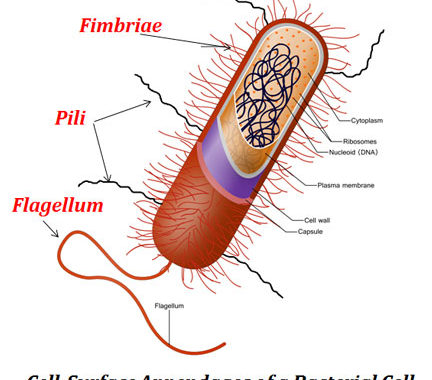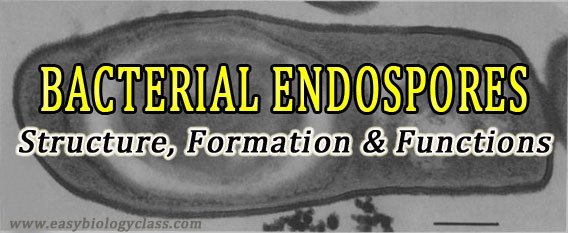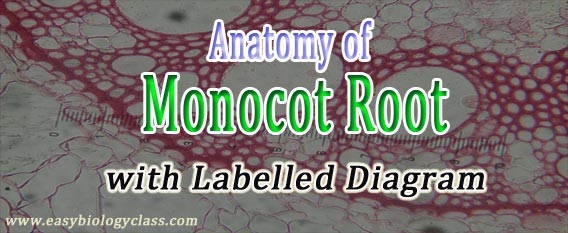Flagella vs Fimbriae vs Pili of Bacteria What are cell surface appendages? Cell surface appendages (aka filamentous appendages or Extracellular Structure of Bacteria) are proteinaceous tubular or fibrous structures found on the surface of bacterial cells. They extend from the surface of the bacterial cell wall and can have many […]
Continue ReadingCategory Archives: Lecture Notes
Bacterial Endospore: Characteristics, Structure and its Formation
What are Endospores? Bacterial endospores are special tough, dormant and resistant spores produced by some Gram-positive bacteria of Firmicute family during unfavorable environmental conditions. Endospores are developed within the vegetative cells (hence the name, endo = inside). They help the bacteria to endure the unfavorable environmental conditions. Another importance of […]
Continue ReadingRoot Stem Transitions in Plants with PPT
Root Stem Transition: Root and stem form a continuous structure in plants called the axis. The vascular tissue in root is radial (xylem and phloem arranged separately in different radii) whereas in the stem is conjoint (xylem and phloem are arranged together in same radii as vascular bundles). Thus, there […]
Continue ReadingTS of Dicot Leaf (Dorsiventral Leaf) Structure with PPT
Leaves are structurally well adapted to perform the photosynthesis, transpiration and gaseous exchange. A leaf composed of: (1). Leaf blade: also called leaf lamina is the flattened expanded part of the leaf chiefly composed of mesophyll tissue and vascular bundles and (2). Petiole: the stack of leaf . Based on […]
Continue ReadingAnatomy of Monocot Root Cross Section
The anatomical features of a monocot root can be studied through a cross section (CS) through the root. The present post discesses the anatomy of monocot root with Monocot Root Diagram. Ø Anatomically, the monocot root has been differentiated into the following parts: (1). Epidermis (2). Cortex (3). […]
Continue Reading




